You are leaving our Website
Using an external Link:
You are now leaving our website. The following page is operated by a third party. We accept no responsibility for the content, data protection, or security of the linked page..
URL:
AW260: Developing Serverless Solutions on AWS™
Training: AWS™ - Cloud
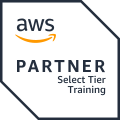

Developers gain practical insights into best practices for building serverless applications with AWS™ Lambda and other AWS™ services. The course covers concepts for designing and operating serverless architectures, complemented by hands-on exercises for deploying applications and methods for self-directed learning using AWS™ documentation.
Unfortunately there are currently no available appointments.
Would you like to request an appointment? Then click on 'No matching appointment?'
Agenda:
- Introduction
- Introduction to the application you will build
- Access to course resources (Student Guide, Lab Guide, and Online Course Supplement)
- Thinking Serverless
- Best practices for building modern serverless applications
- Event-driven design
- AWS™ services that support event-driven serverless applications
- API-Driven Development and Synchronous Event Sources
- Characteristics of standard request/response API-based web applications
- How Amazon API Gateway fits into serverless applications
- Try-it-out exercise: Set up an HTTP API endpoint integrated with a Lambda function
- High-level comparison of API types (REST/HTTP, WebSocket, GraphQL)
- Introduction to Authentication, Authorization, and Access Control
- Authentication vs. Authorization
- Options for authenticating to APIs using API Gateway
- Amazon Cognito in serverless applications
- Amazon Cognito user pools vs. federated identities
- Serverless Deployment Frameworks
- Overview of imperative vs. declarative programming for infrastructure as code
- Comparison of CloudFormation, AWS™ CDK, Amplify, and AWS™ SAM frameworks
- Features of AWS™ SAM and the AWS™ SAM CLI for local emulation and testing
- Using Amazon EventBridge and Amazon SNS to Decouple Components
- Development considerations when using asynchronous event sources
- Features and use cases of Amazon EventBridge
- Try-it-out exercise: Build a custom EventBridge bus and rule
- Comparison of use cases for Amazon Simple Notification Service (Amazon SNS) vs. EventBridge
- Try-it-out exercise: Configure an Amazon SNS topic with filtering
- Event-Driven Development Using Queues and Streams
- Development considerations when using polling event sources to trigger Lambda functions
- Distinctions between queues and streams as event sources for Lambda
- Selecting appropriate configurations when using Amazon Simple Queue Service (Amazon SQS) or Amazon Kinesis Data Streams as an event source for Lambda
- Try-it-out exercise: Configure an Amazon SQS queue with a dead-letter queue as a Lambda event source
- Hands-On Labs
- Hands-On Lab 1: Deploying a Simple Serverless Application
- Hands-On Lab 2: Message Fan-Out with Amazon EventBridge
- Writing Good Lambda Functions
- How the Lambda lifecycle influences your function code
- Best practices for your Lambda functions
- Configuring a function
- Function code, versions and aliases
- Try-it-out exercise: Configure and test a Lambda function
- Lambda error handling
- Handling partial failures with queues and streams
- Step Functions for Orchestration
- AWS™ Step Functions in serverless architectures
- Try-it-out exercise: Step Functions states
- The callback pattern
- Standard vs. Express Workflows
- Step Functions direct integrations
- Try-it-out exercise: Troubleshooting a Standard Step Functions workflow
- Observability and Monitoring
- The three pillars of observability
- Amazon CloudWatch Logs and Logs Insights
- Writing effective log files
- Try-it-out exercise: Interpreting logs
- Using AWS™ X-Ray for observability
- Try-it-out exercise: Enable X-Ray and interpret X-Ray traces
- CloudWatch metrics and embedded metrics format
- Try-it-out exercise: Metrics and alarms
- Try-it-out exercise: ServiceLens
- Hands-On Labs
- Hands-On Lab 3: Workflow Orchestration Using AWS™ Step Functions
- Hands-On Lab 4: Observability and Monitoring
- Serverless Application Security
- Security best practices for serverless applications
- Applying security at all layers
- API Gateway and application security
- Lambda and application security
- Protecting data in your serverless data stores
- Auditing and traceability
- Handling Scale in Serverless Applications
- Scaling considerations for serverless applications
- Using API Gateway to manage scale
- Lambda concurrency scaling
- How different event sources scale with Lambda
- Automating the Deployment Pipeline
- The importance of CI/CD in serverless applications
- Tools in a serverless pipeline
- AWS™ SAM features for serverless deployments
- Best practices for automation
- Course wrap-up
- Hands-On Labs
- Hands-On Lab 5: Securing Serverless Applications
- Hands-On Lab 6: Serverless CI/CD on AWS™
Objectives:
In this course AW260 Developing Serverless Solutions on AWS™, you will learn to:- Apply event-driven best practices to a serverless application design using appropriate AWS™ services
- Identify the challenges and trade-offs of transitioning to serverless development, and make recommendations that suit your development organization and environment
- Build serverless applications using patterns that connect AWS™ managed services together, and account for service characteristics, including service quotas, available integrations, invocation model, error handling, and event source payload
- Compare and contrast available options for writing infrastructure as code, including AWS™ CloudFormation, AWS™ Amplify, AWS™ Serverless Application Model (AWS™ SAM), and AWS™ Cloud Development Kit (AWS™ CDK)
- Apply best practices to writing Lambda functions inclusive of error handling, logging, environment re-use, using layers, statelessness, idempotency, and configuring concurrency and memory
- Apply best practices for building observability and monitoring into your serverless application
- Apply security best practices to serverless applications
- Identify key scaling considerations in a serverless application, and match each consideration to the methods, tools, or best practices to manage it
- Use AWS™ SAM, AWS™ CDK, and AWS™ developer tools to configure a CI/CD workflow, and automate deployment of a serverless application
- Create and actively maintain a list of serverless resources that will assist in your ongoing serverless development and engagement with the serverless community
Target audience:
This course AW260 Developing Serverless Solutions on AWS™ is intended for:- Developers who have some familiarity with serverless and experience with development in the AWS™ Cloud
Prerequisites:
To participate in the course AW260 Developing Serverless Solutions on AWS™ at qSkills™, you should have completed the following AWS™ training:
In addition, you should meet the following prerequisites:
- Familiarity with the basics of AWS™ Cloud architecture
- An understanding of developing applications on AWS™ equivalent to completing the Developing on AWS™ classroom training
- Knowledge equivalent to completing the following serverless digital trainings:
- AWS™ Lambda Foundations
- Amazon API Gateway for Serverless Applications
Description:
This course AW260 Developing Serverless Solutions on AWS™ gives developers exposure to and practice with best practices for building serverless applications using AWS™ Lambda and other services in the AWS™ serverless platform.You will use AWS™ frameworks to deploy a serverless application in hands-on labs that progress from simpler to more complex topics. You will use AWS™ documentation throughout the course AW260 Developing Serverless Solutions on AWS™ to develop authentic methods for learning and problem-solving beyond the classroom.
This course AW260 Developing Serverless Solutions on AWS™ includes presentations, hands-on labs, demonstrations, videos, knowledge checks, and group exercises.
Guaranteed implementation:
from 2 Attendees
Booking information:
Duration:
3 Days
Price:
1.995,00 € plus VAT.
(including lunch & drinks for in-person participation on-site)
Appointment selection:
No appointment available
Authorized training partner
Authorized training partner
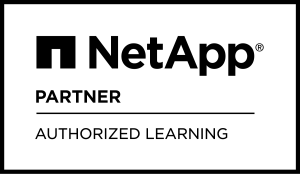
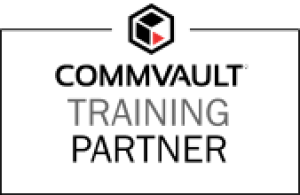

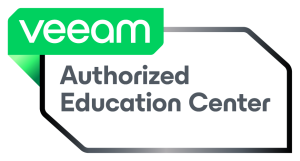
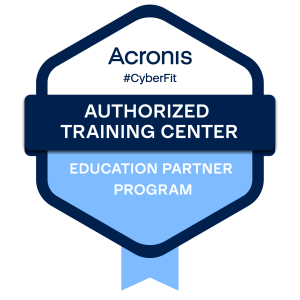
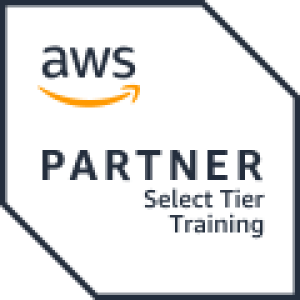
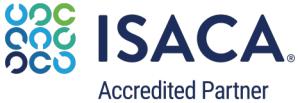
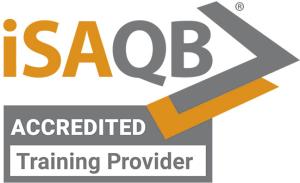

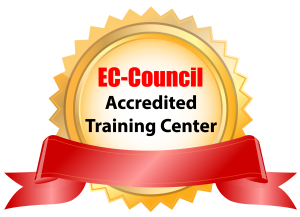
Memberships
Memberships
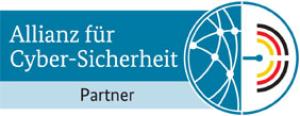


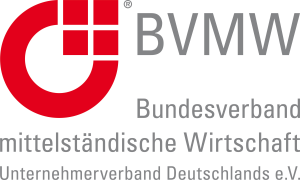

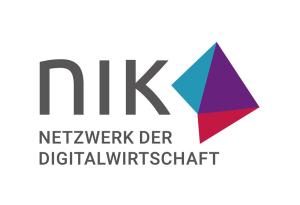


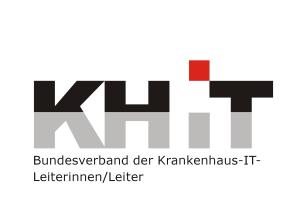




Shopping cart
AW260: Developing Serverless Solutions on AWS™
was added to the shopping cart.

